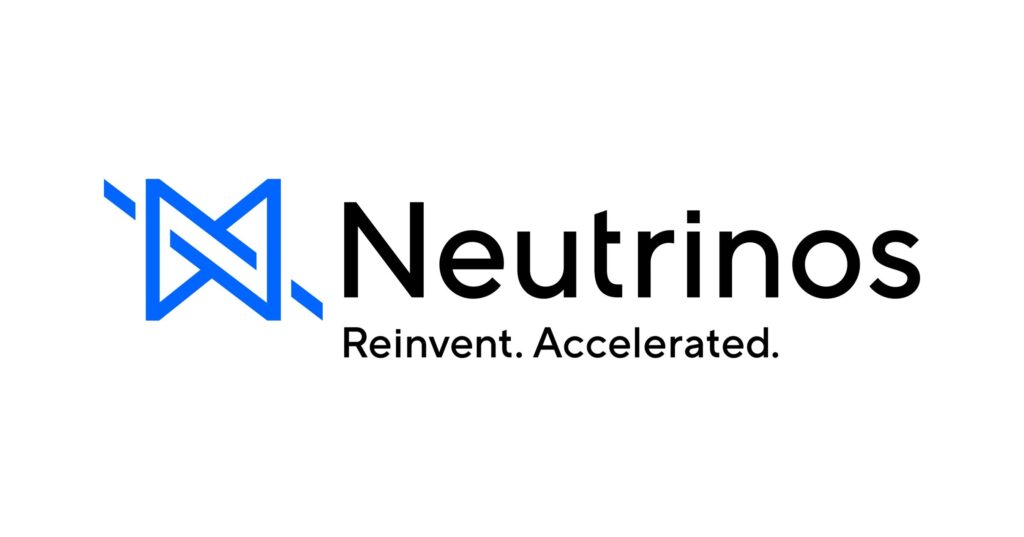Implementing AI-powered automation in a small or mid-size business (SMB) can lead to enhanced efficiency, reduced operational costs, and improved customer experiences. Here’s a step-by-step guide to design, deploy, and monitor an AI-driven automation solution, tailored for an operations manager without extensive programming experience.
Before embarking on this journey, identify the specific automation objectives aligned with your business goals. Typical objectives might include optimizing customer service responses, streamlining document processing in human resources, or improving inventory management. Understanding these goals helps tailor the AI solution effectively.
Next, establish prerequisites. It’s essential to ensure your business has robust internet connectivity, as cloud-based AI solutions rely on continuous access. Review existing processes to understand where inefficiencies lie. Collect relevant data that the AI will analyze, focusing on quality and relevance. For example, if automating customer support, gather historical customer queries and resolutions.
Now, let’s move to configurations. After selecting an AI platform such as Neutrinos or another similar provider, create an account and configure it to suit your goals. This typically involves integrating existing business tools like customer relationship management (CRM) software or email platforms. For instance, if using Neutrinos to enhance customer support, you would connect your ticketing system to allow the AI to access and analyze past interactions.
Testing is a crucial next step. Conduct a pilot test with a small subset of data or processes to evaluate the AI’s functionality. For instance, if implementing chatbots for customer inquiries, simulate various customer interactions to assess the AI’s ability to respond accurately. Record the performance, noting both successful outcomes and areas needing improvement. Adjust the AI’s algorithms or data inputs based on these results to refine its performance.
Monitoring the AI’s performance is vital post-deployment. Most AI platforms provide dashboards to track key performance indicators (KPIs), such as response times, resolution rates, and user satisfaction scores. Set up alerts for any significant drops in performance so that you can respond quickly to issues. Additionally, regular reviews will help maintain its effectiveness, allowing you to tweak the AI’s configuration based on feedback or changing business needs.
Error handling is another critical component to prepare for. Establish a clear protocol for how errors will be managed. For example, if the AI produces erroneous outputs, define steps for human intervention. You might decide that a human team member must review AI-generated responses to ensure accuracy before they reach customers. This mitigates the risk of disseminating incorrect information and builds trust with users.
Cost control is essential while implementing AI solutions. Assess the total cost of ownership, including software licensing, data storage, and human resources needed for the ongoing maintenance of the AI system. Consider budget limits and develop a phased rollout strategy to avoid overwhelming your resources. For example, starting with one functional area before expanding to others can help manage costs effectively.
Security is a paramount concern when deploying AI. Ensure that the platform complies with relevant security standards to protect sensitive business data. Data encryption, user authentication, and regular security audits should be prioritized. Be vigilant about cyber threats and consider working with your IT department to develop a comprehensive security policy that addresses both internal and external risks.
Data retention policies must be clearly defined as your AI solution collects and analyzes data. Establish protocols for how long data will be stored and the circumstances under which it will be deleted. This is crucial for compliance with regulations like GDPR and CCPA, which mandate specific handling of personal data to protect user privacy.
Vendor lock-in can pose challenges, as relying exclusively on one provider can create difficulties should you need to switch platforms. To mitigate this risk, choose providers that allow data portability or use open standards where possible. Regularly reviewing the contract terms with your vendor will keep you informed about any potential exit strategies.
To estimate the return on investment (ROI) for your AI-driven automation, start by calculating the expected benefits, including labor savings and enhanced efficiency. Compare these against the costs of implementation and ongoing maintenance. Look for quantifiable metrics, such as reduced operational processing time or increased customer satisfaction scores. A favorable ROI will justify the initial, and ongoing costs of the AI solution.
Ongoing maintenance is critical to the successful operation of your AI systems. Stay informed about the latest AI developments and updates from your vendor. Schedule routine checks to assess the accuracy and performance of the AI. Additionally, engage in continuous training for your team to ensure they are equipped to address any problems that arise and to maximize the benefits of your automated systems.
FlowMind AI Insight: In today’s fast-evolving business landscape, establishing a clear framework to implement AI-powered automation can provide your SMB with a significant competitive edge. By following methodical steps in design, deployment, and monitoring, you can enhance operational efficiency while ensuring data security and compliance.
Original article: Read here
2025-09-25 13:30:00

